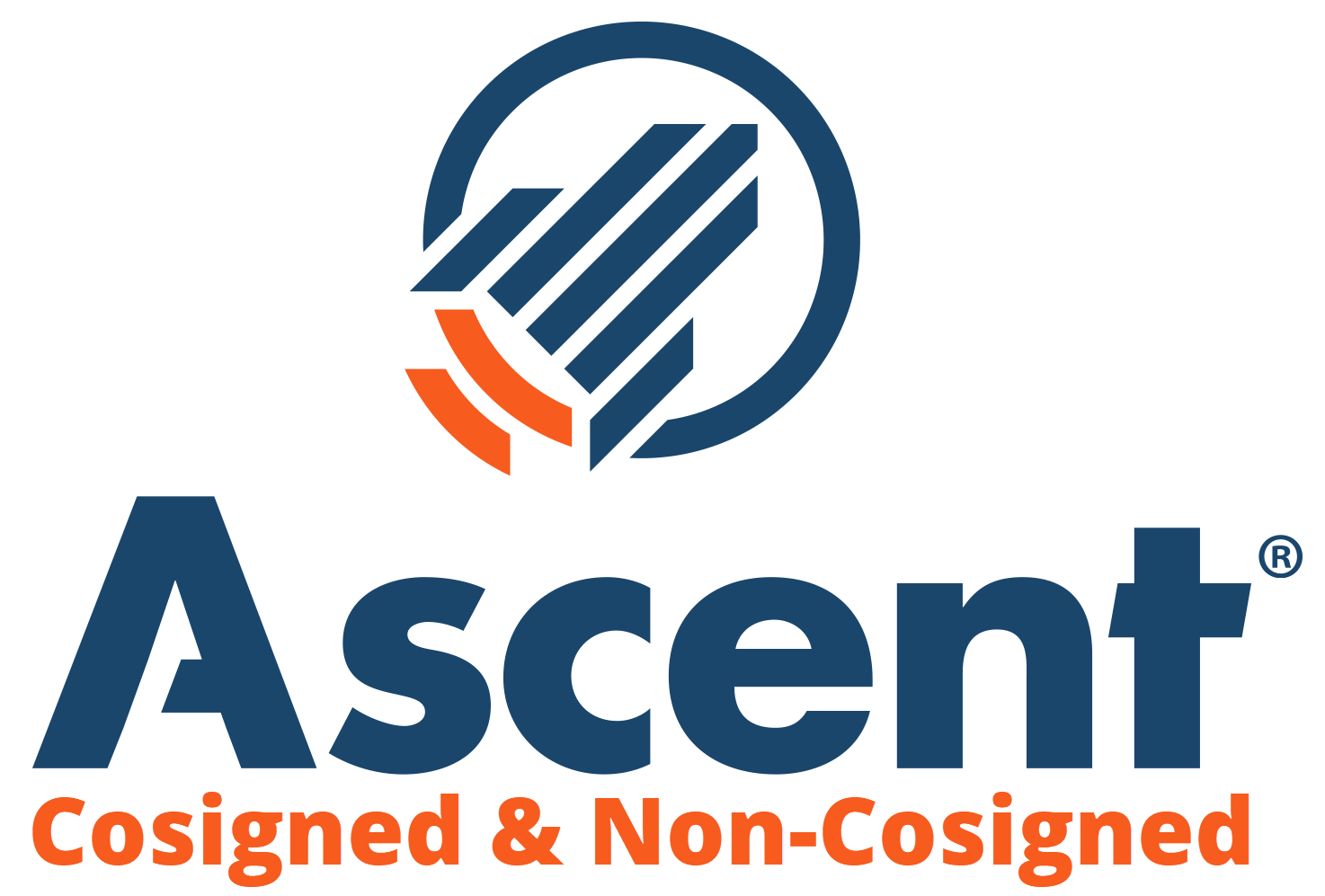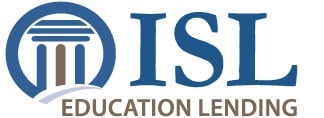Stafford Loans are a type of federal student loan offered by the U.S. Department of Education.
The Stafford Loan program was established in 1988. It was named after Senator Robert Stafford who was instrumental in passing legislation that transformed the Higher Education Act of 1965. As of 2010 however, the Stafford Loan program was renamed the Federal Direct Loan Program.
Although loans in this program are no longer officially known as Stafford Loans, the name has stuck. Today, Stafford loans refer to all types of Federal Direct Loans.
Types of Stafford Loans aka Federal Direct Loans
Stafford student loans may be either subsidized or unsubsidized. Here’s a look at the features of both types of loans.
Subsidized Stafford loans
Subsidized Stafford loans are interest-free while you’re in college and up to six months after graduation. When you take a subsidized Stafford loan, the federal government pays part of the cost of your loan. They do this by not charging interest from the time the funds are disbursed until the end of the grace period. The interest on subsidized loans starts accruing only six months after you graduate. This can save you a substantial amount in interest.
Subsidized loans are offered only to undergrad students who demonstrate financial need and are enrolled in school at least half-time. The funds can be used to cover the cost of an undergraduate degree.

Unsubsidized Stafford Loans
Unsubsidized Stafford loans work very differently. The loan amount starts accruing interest from the day you receive the funds. This interest keeps getting added to the principal. As a result, the balance keeps growing while you’re in college and through the six-month grace period. By the time you start paying off the loan, the balance will be much higher than what you originally borrowed.
Unsubsidized Stafford loans are available to both, undergrad and graduate students who are enrolled in college at least half-time. Financial need is not a criterion to qualify for unsubsidized loans.
Difference Between Subsidized And Unsubsidized Loans
There are several differences between subsidized and unsubsidized loans.
Subsidized Vs Unsubsidized Stafford Loans: Eligibility
Both loans are available only to students enrolled in an accredited college at least half-time.
Subsidized Stafford loans are available only to undergraduate students with financial need. You will need to provide documentation demonstrating financial need.
Unsubsidized Stafford loans are available to both, undergraduate and graduate students. Financial need is not a requirement for these loans.
Subsidized Vs Unsubsidized Stafford Loans: Borrowing limit
With both loans, your borrowing limit will be determined by your school. This limit is based on your cost of attendance and other financial aid you’ve received. The total loan amount cannot exceed your financial need.
Subsidized Vs Unsubsidized Stafford Loans: How interest works
Interest on subsidized Stafford loans is paid by the federal government during the time you’re in college. The government continues paying interest during the grace period, which is 6 months after graduation. When the grace period ends, you’re responsible for paying any interest that accumulates.
With unsubsidized loans, the federal government does not pay interest at any time. You are responsible for any interest that accrues from the day the funds are disbursed. Any unpaid interest is added to your loan balance and will have to be paid back starting 6 months after graduation.
Subsidized Vs Unsubsidized Stafford Loans: Total Cost
The total cost of subsidized Stafford loans is much lower than that of unsubsidized Stafford loans. This is because the government pays the interest on subsidized loans while the borrower is in college and during the grace period. This lowers the total cost of the loan considerably. Unsubsidized loans cost much more because the government doesn’t pay the loans at any time. Instead, the unpaid interest is added to the loan balance, which increases the cost of the loan substantially.
General Eligibility Criteria For Stafford Loans
The eligibility criteria are the same for subsidized and unsubsidized Stafford loans except for one condition. Subsidized loans are only available to undergrad students.
Other than that one difference, to qualify for a Stafford loan you must meet these requirements:
- Be a US citizen or eligible non-citizen
- Have a valid Social Security Number
- Be enrolled in a qualifying degree or certificate program that participates in the Direct Loan program
- Be enrolled at least half-time in a qualifying program
- Have obtained a high school diploma or another certification equivalent to a high school diploma
- Meet general eligibility criteria for federal student loan
- Not be in default currently on any federal student loan
How To Apply For Stafford Loans
To apply for any federal student loan, including Stafford loans, you must first complete and submit the FAFSA (Free Application for Federal Student Aid). Without the FAFSA, you won’t be eligible to receive any federal student aid. That means no grants, scholarships, work-study, or any types of loan.
FAFSA submission opens on October 1 every year for the following academic year. Submissions close on June 30 the following year for that academic year. It’s best to submit your application as early in the cycle as possible. This is because the government allocates a fixed amount every year and the funds are disbursed on a first-come-first-served basis. Toward the end of the cycle, when financial aid is limited, you may not get the full amount that you’re entitled to.
Stafford Loan Process
Your college will determine your aid eligibility and borrowing limit using the information you’ve submitted through the FAFSA. They will include this information in your financial aid package. You can choose whether you want to take on all, some, or none of the financial aid offered to you. You must inform your school financial aid office of your choice.
The first time you receive a Stafford loan, you must complete entrance counseling. This ensures that you understand the loan terms. More importantly, it ensures that you understand your obligation to repay the loan. You will also be required to sign a Master Promissory Note. This note essentially says that you agree to the terms of the loan.
Once you’ve completed all the formalities, your loan funds will be transferred to your college’s account. Your college will use the funds to cover the cost of tuition, fees, room, board, and other applicable charges. Any funds that are remaining will be transferred to your account to be used to pay for other education expenses.
Stafford Loan Fees
Stafford loans have an origination fee. This is a type of fee that’s added to the principal at the origin or beginning of the loan. It is intended to cover the cost of processing and issuing the funds. The origination fee is calculated as a percentage of the total amount of the loan and is deducted from the loan before disbursement. The loan fees range between 1.057% and 4.236% for Stafford loans issued after October 1, 2019.
This origination fee makes a difference in how much money you receive. Because it is added to the principal at the beginning of the loan, it reduces the account amount of money you receive. For example, let’s say you apply for a Stafford loan of $2,000 with an origination fee of 2%. In this case, $40 will be deducted before transferring the funds so you’ll receive only $1,960.
When applying for Stafford loans, you must consider the origination fee when calculating how much you need. If you don’t, the funds you receive may not be enough for your intended purpose.
Repaying Stafford Student Loans
Repayment on both, subsidized and unsubsidized loans start 6 months after you graduate or drop below half-time enrollment. The standard repayment term is 10 years. The total loan amount (principal and compound interest over 10 years) is spread over 120 equal monthly installments. As your first payment due date draws near, your loan servicer will send you a repayment notification with details about your repayment.
If you cannot afford your monthly repayments, you can choose one of the income-based repayment plans. These plans base your monthly repayments on your income so they are always affordable.
There are 3 circumstances under which you may not have to repay your Stafford loans. The first is if your school commits fraudulent activities such as inaccurate information regarding professional accreditation, among others. The second is if you’re employed in specific sectors such as nursing, public service, or teaching. The third is you declare bankruptcy.
Stafford loans may be a good option for you if you’re looking for funds to pay for college. The low-interest rate will save you money and the federal protections can help when you’re struggling financially.
Use College Raptor to discover personalized college matches, cost estimates, acceptance odds, and potential financial aid for schools around the US—for FREE!
| Lender | Rates (APR) | Eligibility | |
|---|---|---|---|
 |
5.19% - 15.81%* Variable
3.99%-15.61%* Fixed |
Undergraduate and Graduate |
VISIT CITIZENS |
 |
4.79% - 14.96% Variable
3.49% - 15.49% Fixed |
Undergraduate and Graduate |
VISIT SALLIE MAE |
 |
4.38% - 17.99% Variable
3.39% - 17.99% Fixed |
Undergraduate and Graduate |
VISIT CREDIBLE |
 |
5.34% - 13.19% Variable
3.48% - 12.61% Fixed |
Undergraduate and Graduate |
VISIT LENDKEY |
 |
5.25% - 14.26% Variable
3.39% - 14.16% Fixed |
Undergraduate and Graduate |
VISIT ASCENT |
 |
3.70% - 8.75% Fixed |
Undergraduate and Graduate |
VISIT ISL |
 |
4.99% - 16.85% Variable
3.47% - 16.49% Fixed |
Undergraduate and Graduate |
VISIT EARNEST |
 |
5.00% - 13.97% Variable
3.69% - 14.22% Fixed |
Undergraduate and Graduate |
VISIT ELFI |



